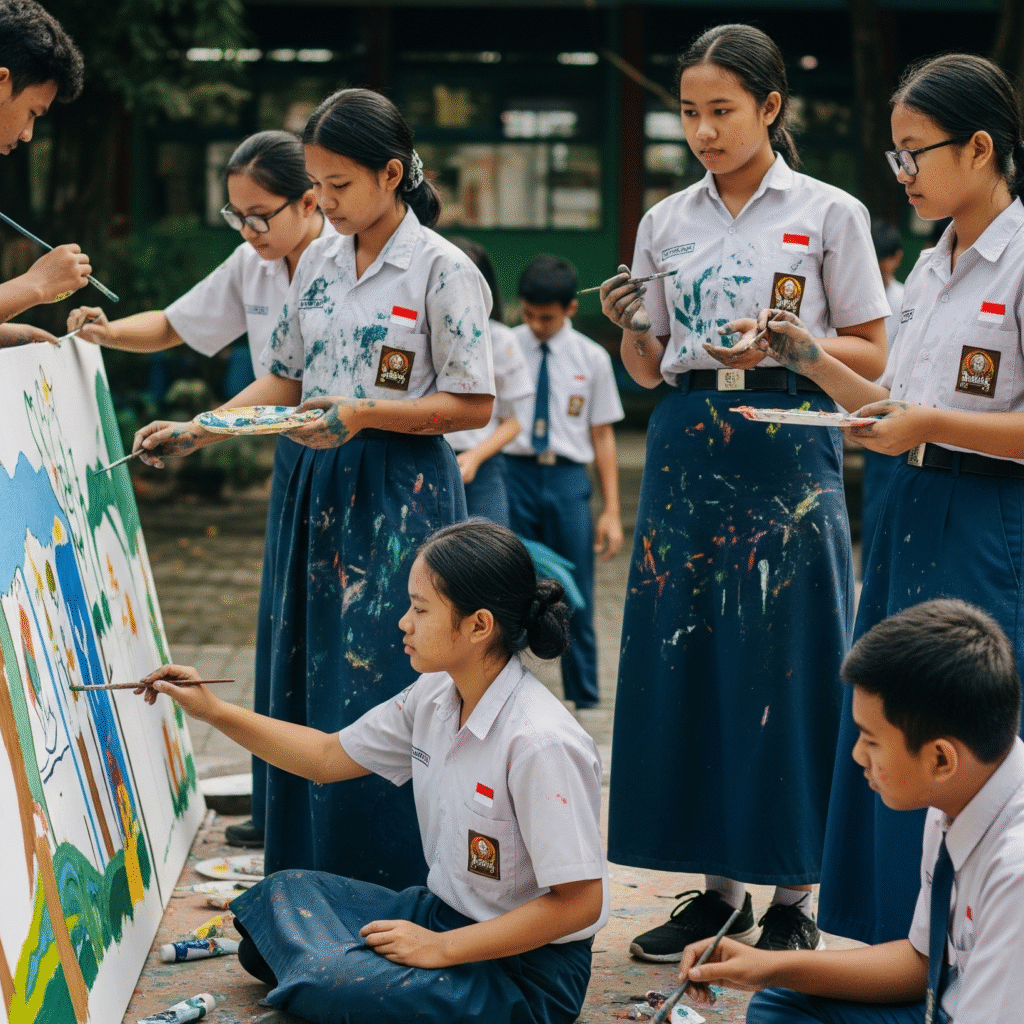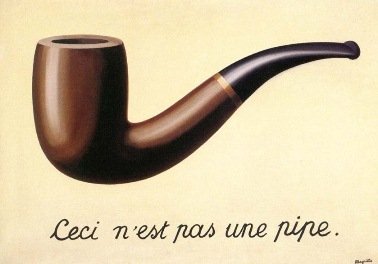XII-3: Interpreting Art
Warm-up and Vocabulary

Activity 1
Look at the famous painting below. What do you see? What do you think the artist is trying to say?

Art isn’t always what it seems on the surface. To analyze it, we need a special vocabulary. Study the terms below, then complete the matching activity.
Key Terms:
- Symbolism: The use of objects or images to represent ideas or qualities.
- Subtext: The underlying or hidden meaning in a piece of art.
- Composition: The arrangement of visual elements within a work of art.
- Aesthetic: A set of principles concerned with the nature and appreciation of beauty.
- Ambiguity: The quality of being open to more than one interpretation; inexactness.
- Representational: Art that aims to depict the physical appearance of reality.
Strategy Focus: The Context Clue Detective
In every TOEFL Reading passage, you’ll see questions like this:
The word “profound” in the passage is closest in meaning to…
You might not know the word! That’s okay. The question is not testing your dictionary knowledge; it’s testing if you can figure out the meaning from the context. Here’s how to be a detective.
The 4-Step Method
Find the Word: Locate the highlighted word in the passage. Don’t just look at the word itself.
Read the “Clue Zone”: Read the entire sentence that contains the word. If it’s still unclear, also read the sentence before and the sentence after it. This is your “Clue Zone.”
Predict a Meaning: Cover the target word with your finger. Based on the clues in the zone, what simple word or phrase could fit in that blank? Make a prediction.
Example Sentence: “The discovery of penicillin was a profound moment in the history of medicine; it completely changed how doctors treated infections and saved millions of lives.“
Prediction: The word must mean something like “very important” or “significant.“
Test the Options: Now, look at the four answer choices. Replace the original word in the sentence with each choice. The one that matches your prediction and makes the most sense is the correct answer.
(A) mysterious
(B) quick
(C) very significant
(D) forgotten
Test: “The discovery… was a very significant moment…” This fits perfectly. (C) is the answer.
Common Clue Types to Look For:
- Synonyms/Definitions: The text gives you the answer. (e.g., “The artist used chiaroscuro, that is, the dramatic use of light and shadow…”)
- Contrasts: The text shows you the opposite. (e.g., “Unlike the simple drawings, the paintings were elaborate.”)
- Examples: The text gives examples that explain the word. (e.g., “He focused on mundane subjects, such as a pair of old shoes, a bowl of fruit, or a kitchen chair.”)
Skill Practice
Read the five short excerpts below. For each one, use the 4-step strategy to determine the meaning of the highlighted word. You should aim to spend about 2-3 minutes per question.